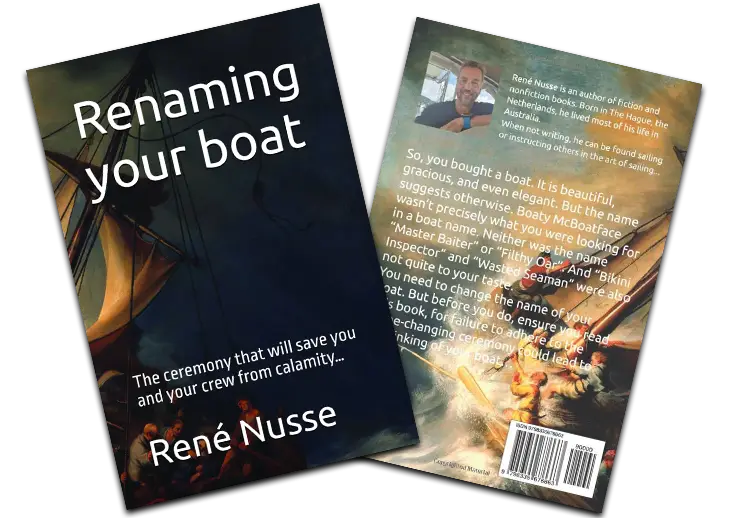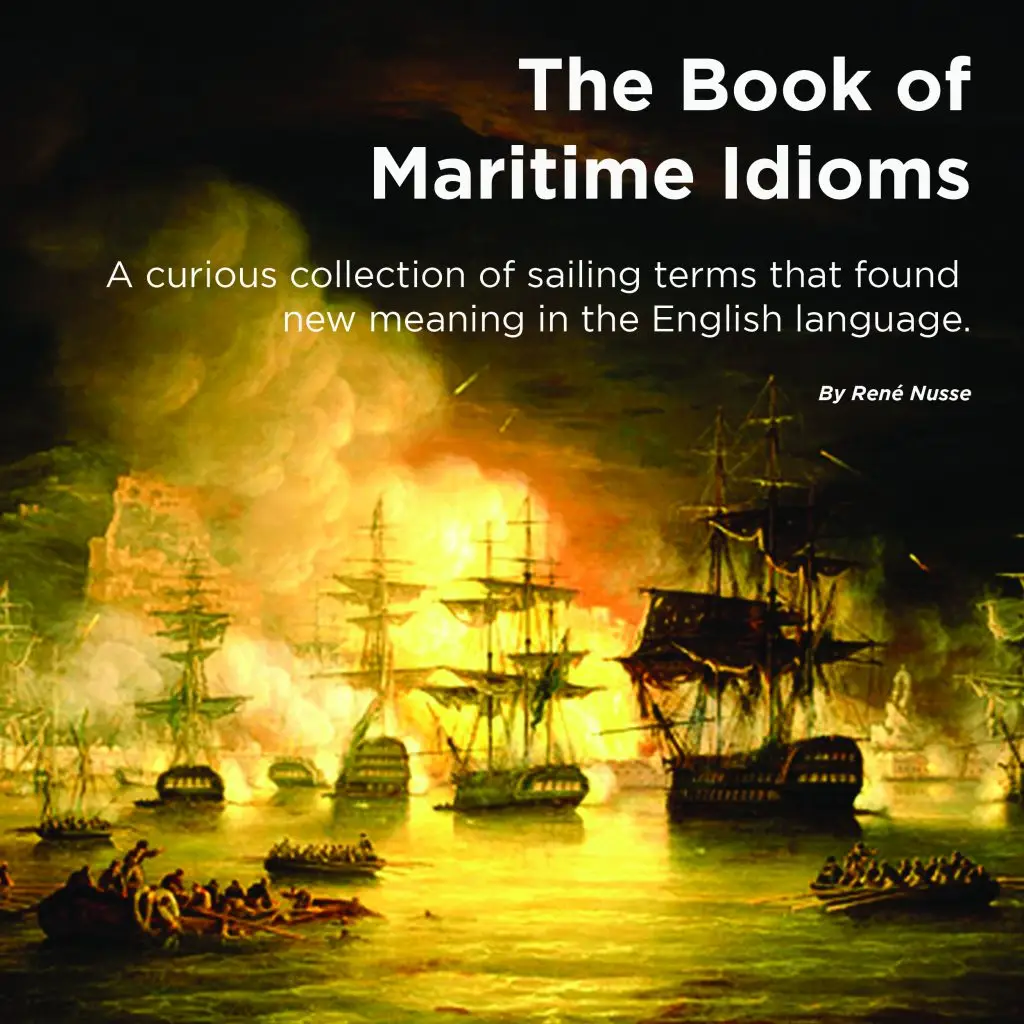Understanding Sector, Directional, and Leading Lights in Navigation
Marine navigation relies heavily on visual aids to help sailors identify safe passages, avoid hazards, and enter ports at night or in poor visibility. This goes far beyond recognising lights and day shapes that sailors must know. Among the most important of these aids are sector lights, directional lights, and leading lights. While they may appear similar at first glance, each has a distinct purpose, characteristic, and method of guiding vessels.
This article explains their differences in detail.
1. Sector Lights
Definition:
A sector light is a fixed navigational light that shows different colours or characteristics over defined arcs (sectors) of the horizon.
Purpose:
Warn mariners of dangers (shoals, rocks, reefs) that lie within certain bearings from the light.
Guide vessels into safe channels by showing the correct course.
How They Work:
The light is divided into colored sectors, commonly:
As a vessel moves, the light colour changes depending on its bearing from the light.
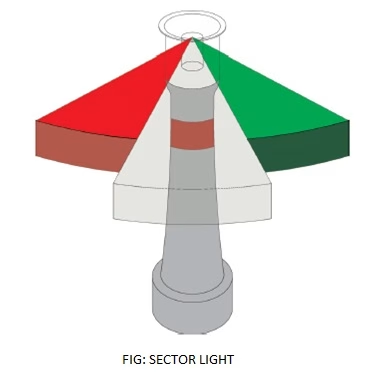
Example Use:
Approaching a harbour entrance, a vessel sees a red light: it knows it is too far to port. When the light changes to white, the ship is in the safe channel.
Key Point:
Sector lights give a range of safe bearings rather than a single exact line.
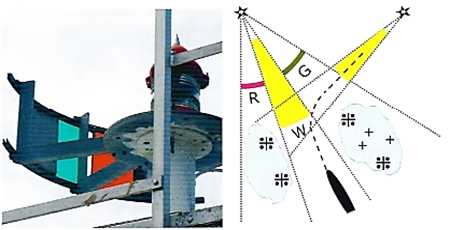
2. Directional Lights
Definition:
A directional light is a fixed light that projects a narrow, precise beam along a specific bearing, showing only within a minimal angle.
Purpose:
Provide a single exact line of bearing for a vessel to follow.
Often used where extreme accuracy is required, such as in narrow channels or dangerous shoals.
How They Work:
Unlike sector lights, which show different colours over broad arcs, a directional light produces a sharp beam, often highly collimated (like a searchlight).
The mariner must keep the vessel within the narrow visible beam to stay on course.

Example Use:
A narrow channel with rocks on both sides may have a directional light aligned along the safe passage. If the light is visible, the vessel is on course; if not, the ship has drifted off line.
Often deployed in smaller, purposely build inlets where large ships pick up cargo. Like The Port of Mourilyan, approximately 100 km south of Cairns
Key Point:
Directional lights provide precision guidance but require careful steering within a tight margin.
3. Leading Lights (Range Lights)
Definition:
Leading lights (or range lights) are two or more lights, placed in line (one higher or behind the other), that form a transit.
Purpose:
Guide vessels along a straight safe course, usually into harbours, through channels, or past hazards.
How They Work:
Two lights are placed at different elevations and distances:
Front light (lower, closer).
Rear light (higher, further back).
When the two lights appear vertically aligned to the mariner, the vessel is on the correct course line.
If the lights are not aligned, the vessel is off track (too far left or right).
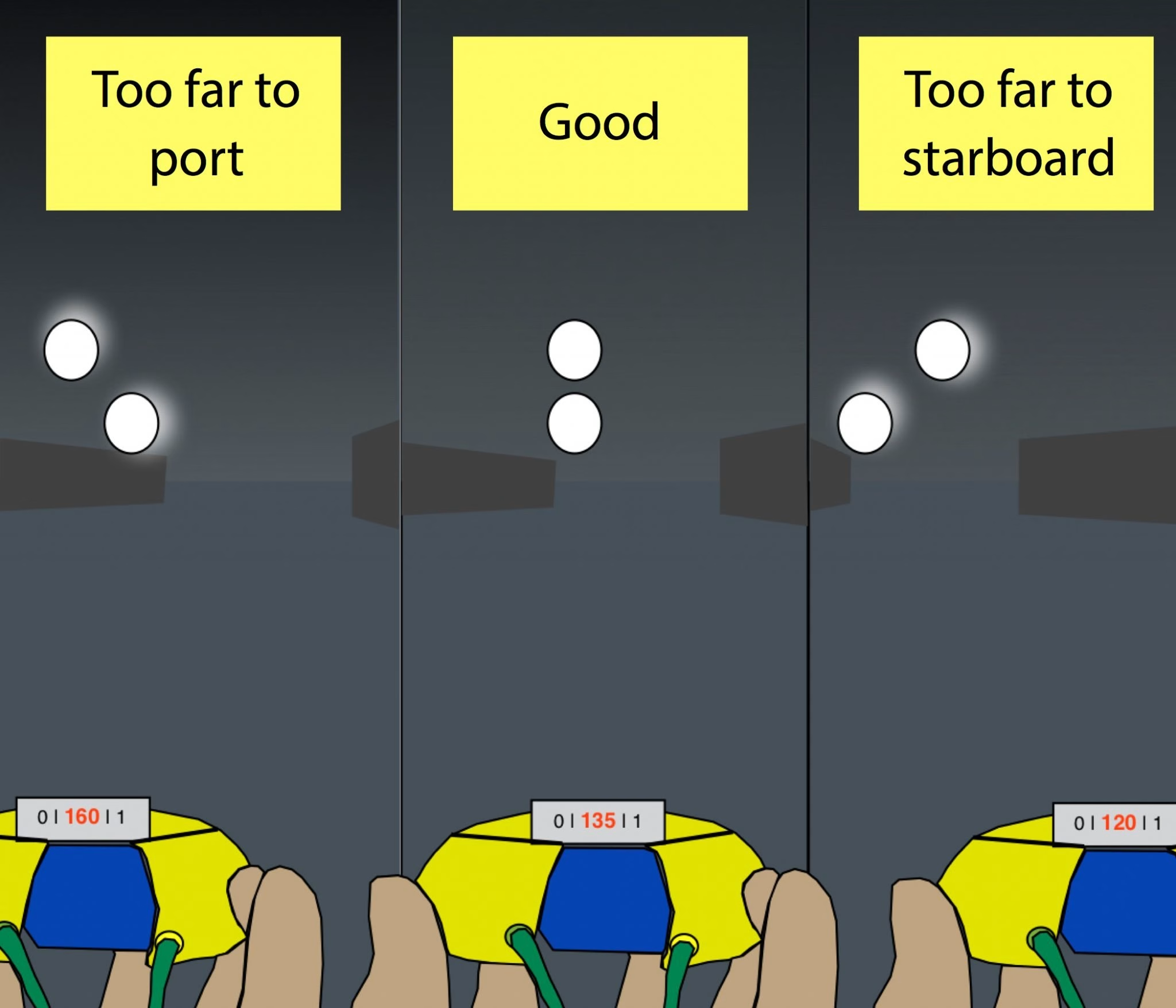
Example Use:
Entering a river mouth, a vessel aligns the rear and front lights into a single line to stay within the dredged channel.
Key Point:
Leading lights give a visual line of position, unlike sector lights (zones) or directional lights (single beam).
Key Differences at a Glance
| Feature | Sector Lights | Directional Lights | Leading Lights (Range Lights) |
|---|---|---|---|
| Appearance | Different colours over sectors | Single sharp beam | Two lights aligned vertically |
| Guidance Type | Broad safe zone (sector) | Exact line, narrow tolerance | Line of position (alignment of lights) |
| Best For | General channel marking, hazard zones | Narrow passages, precision guidance | Harbour/river entrances, dredged channels |
| Ease of Use | Easy – colour shows safe sector | Demands accuracy to stay in the beam | Easy – align lights visually |
Your Chart
While all this information seems apparent when approaching a river entrance or a harbour, you should identify sector lights or other guiding lights on your chart first. This way, you do not mistake them for channel markers and different lights (or lighthouses!).
Below you find an example of what a sector light may look like on your chart.
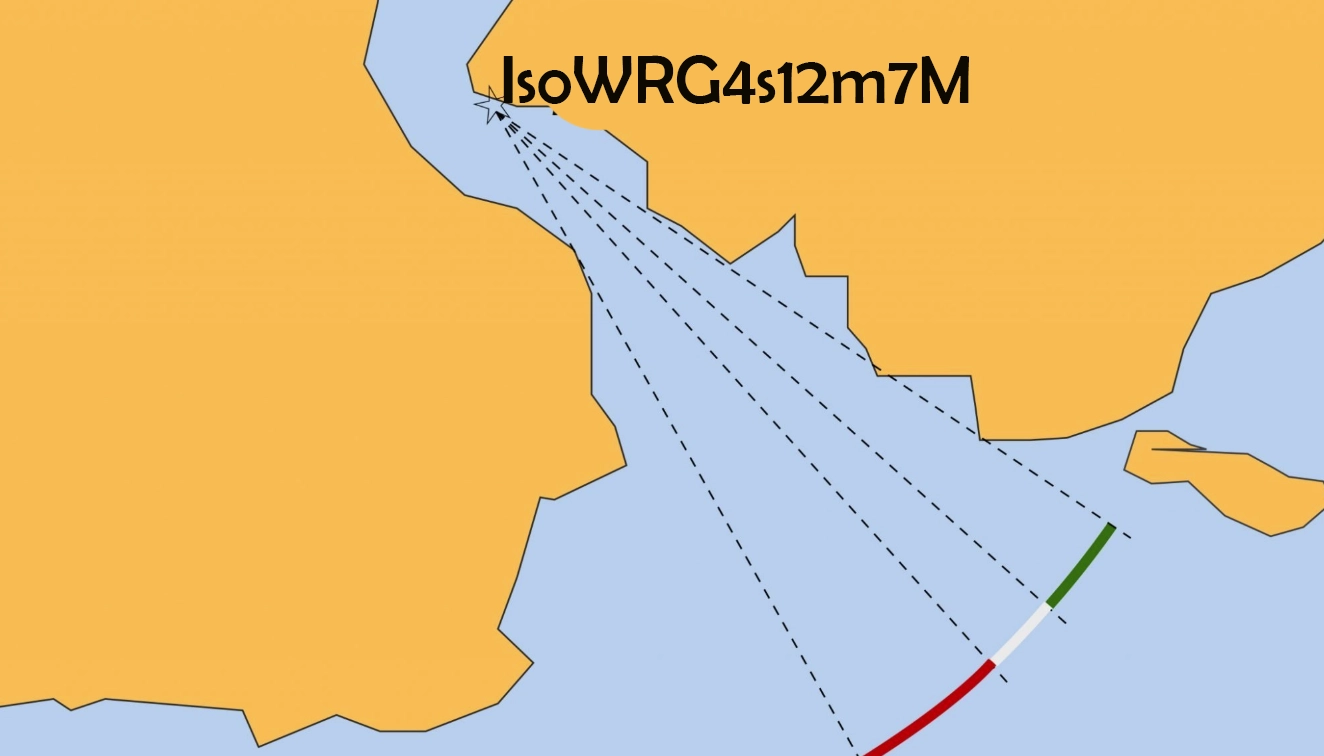
Sector lights are shown on your charts with their specific light characteristics. The light characteristics in the above diagram are IsoWRG4s12m7M. This means: isophase*, white, red and green, flashing every 4 seconds, height 12 metres, range 7 nm.
(*) In the context of nautical navigation, an “isophase” light, often abbreviated as “Iso,” is a light characteristic where the duration of light and darkness are equal within a cycle. It’s also sometimes referred to as “equal interval” (E Int). Essentially, a period consists of a light interval and an equally long dark interval.
Conclusion
While all three — sector, directional, and leading lights — serve the common goal of guiding mariners safely, they do so in different ways:
Sector lights indicate zones of safety and danger with colored arcs.
Directional lights provide a precise beam to follow.
Leading lights create a transit line through the alignment of two fixed lights.
Understanding these differences ensures that sailors can correctly interpret the signals and steer safely, particularly in challenging conditions or unfamiliar waters. Here are some more tips about sailing at night…
Author
-

Rene is a keelboat instructor and sailing coach in the Mandurah area WA. He is also the author of several books about sailing including "The Book of Maritime Idioms" and "Renaming your boat".
View all posts

